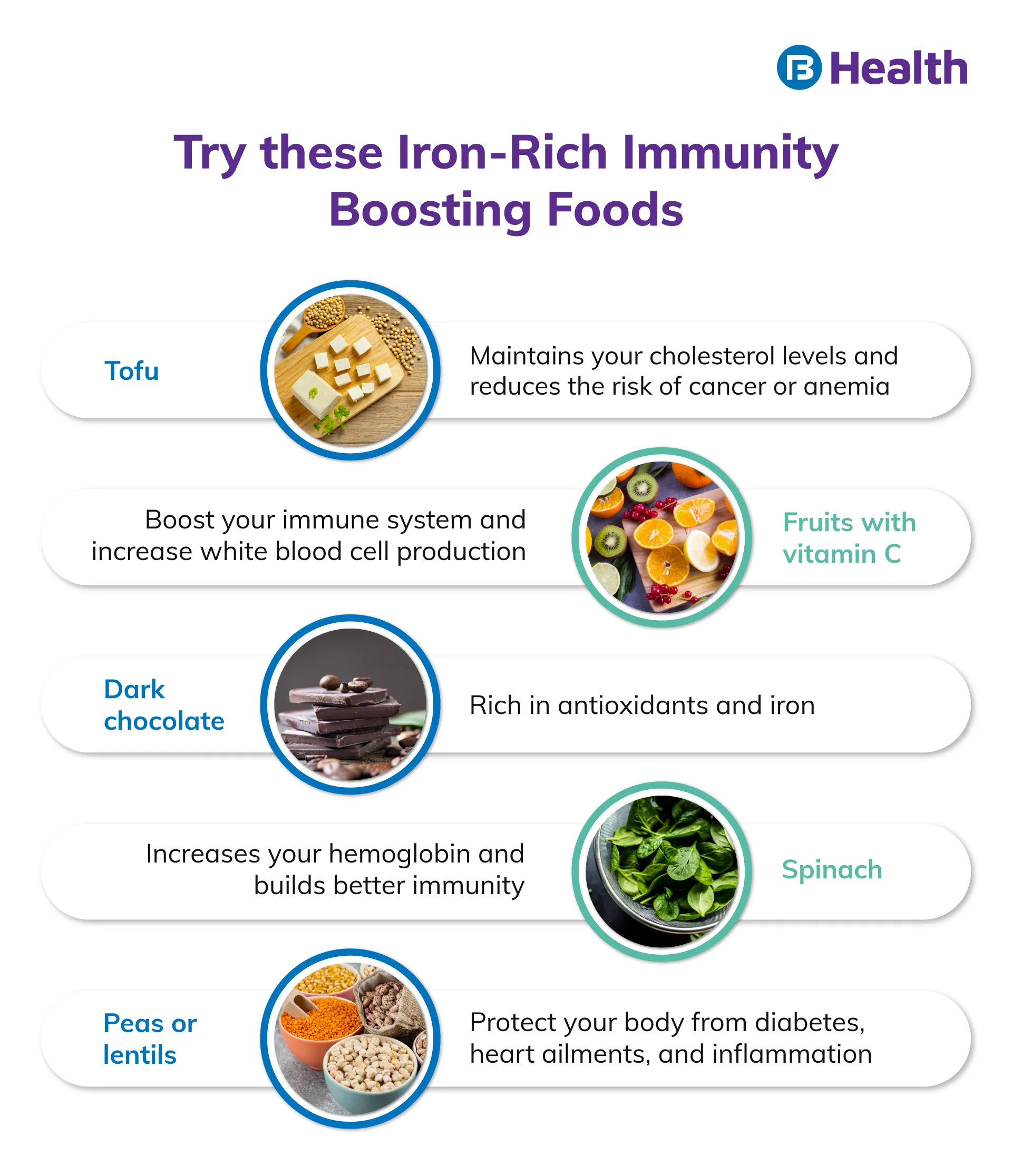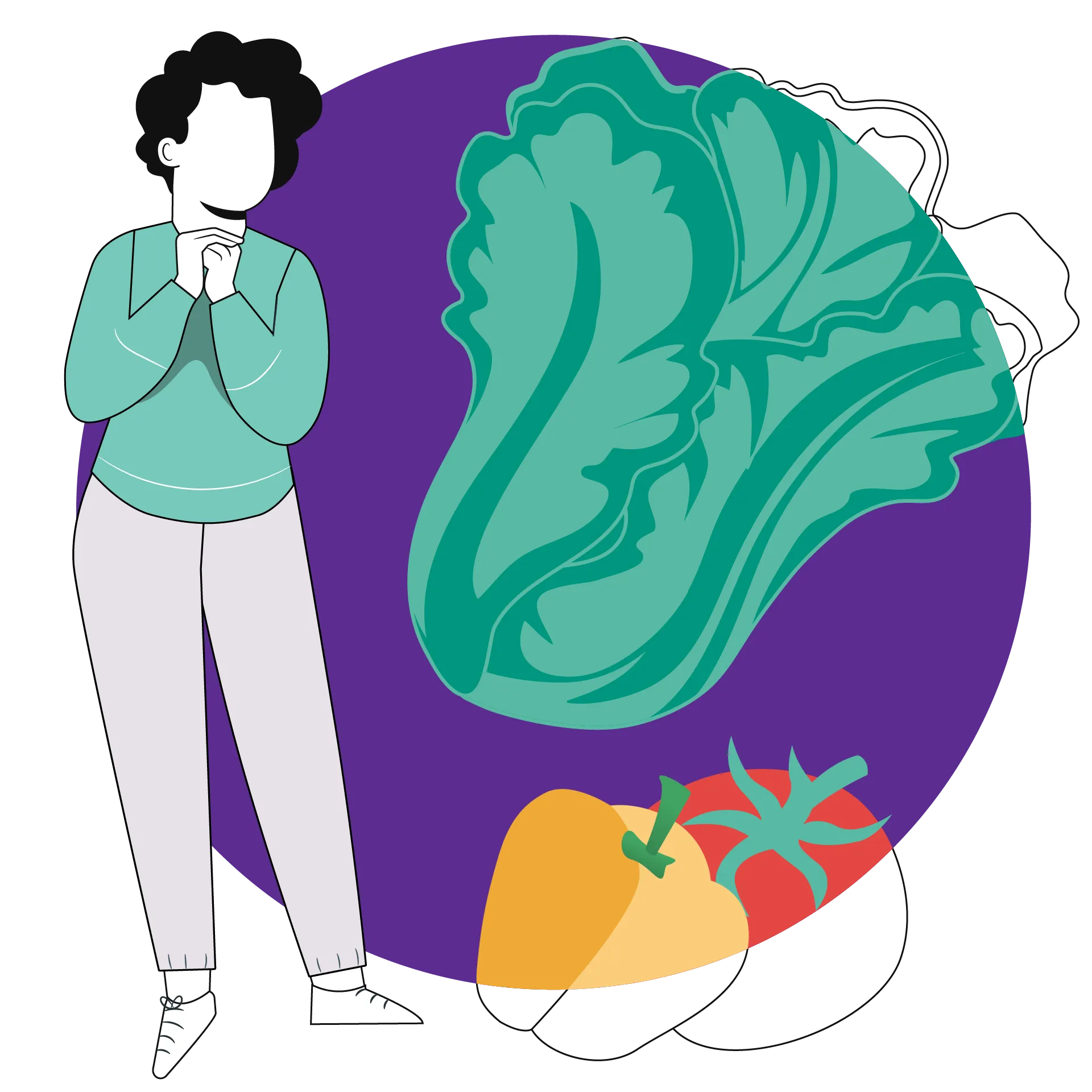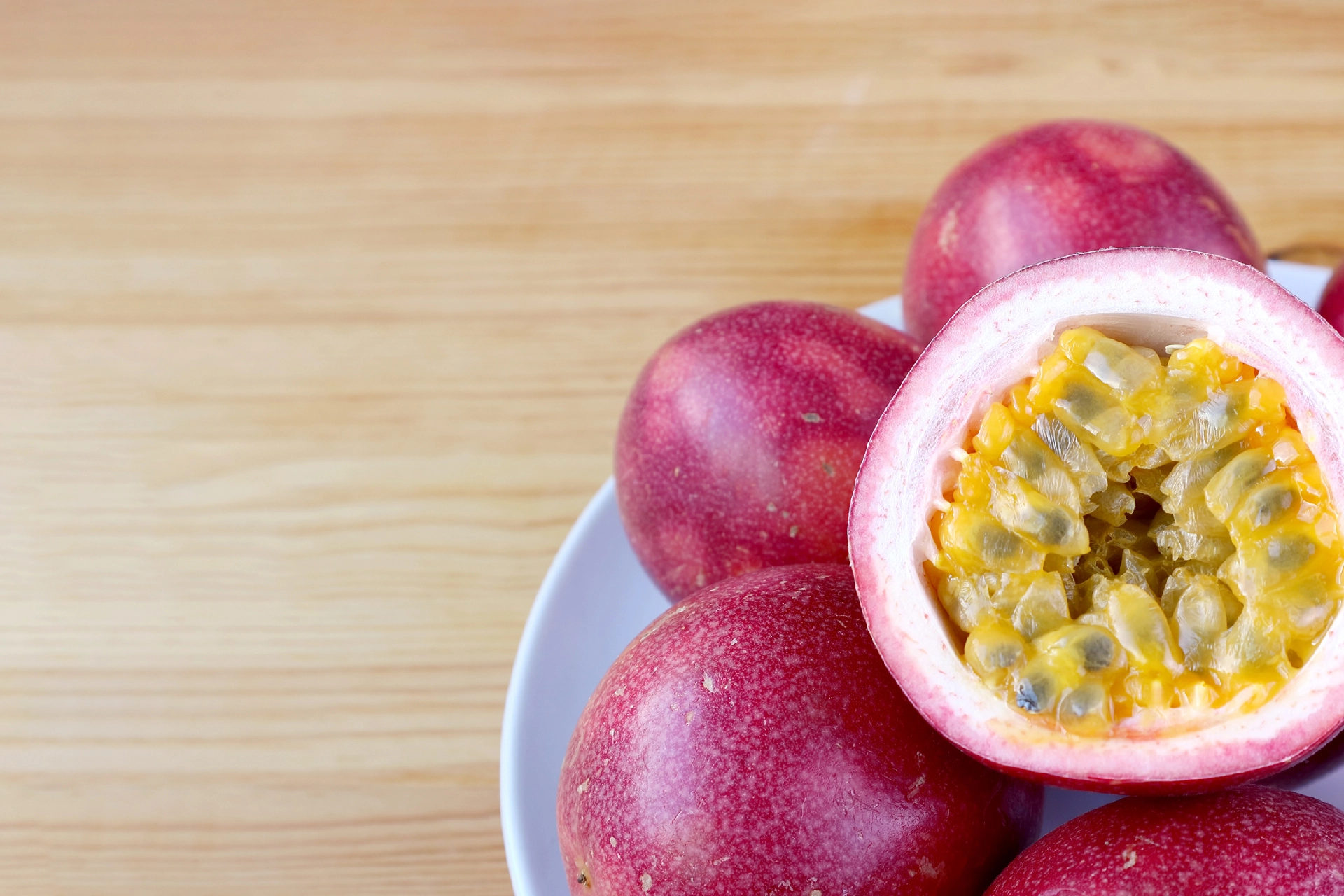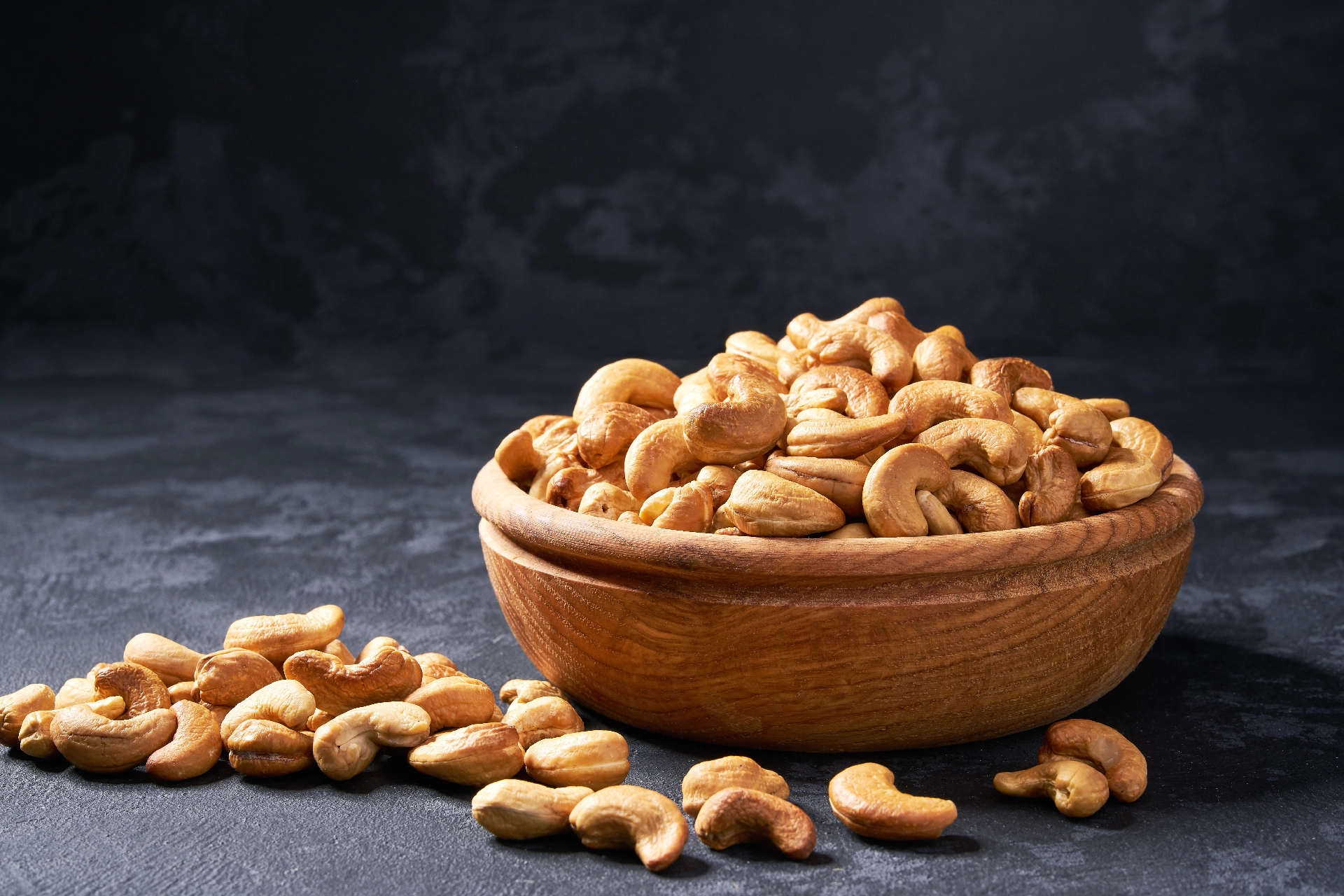General Physician | 7 min read
Iron-Rich Food: List of Fruits, Vegetables and Dry Fruits
Medically reviewed by
Table of Content
Key Takeaways
- Spinach and broccoli are a few iron-rich vegetables
- Shellfish, turkey and fish are a few foods high in iron
- Cashews, pistachios and walnuts are iron-rich dry fruits
Iron as a mineral plays the important role of supplying oxygen to your body tissues with the help of your blood. This vital mineral goes into your body in the form of food and becomes a part of your red blood cells. Consuming iron-rich foods is essential for a healthy living.
Otherwise, you may suffer from iron deficiency that can cause anemia. This is also called iron deficiency anemia.
Symptoms of anemia include the following.
- Fatigue
- Irregular heartbeat
- Breathlessness
- Headaches
- Pale skin
- Damage in hair
To prevent such symptoms, include the right amount of iron in your diet. To manage any deficiency that you may face, your nutritionist may advise you to consider nutrition therapy. This helps you eat the right foods based on your health conditions. To ensure you get enough iron, you may need to add certain vegetables and food in your diet. Read on to know about some iron-rich foods that can help you maintain and increase your iron levels.
Additional read: Vitamin and Mineral Deficiency TestsIron-Rich Foods List
Here are some of the immunity-boosting and iron-rich foods and available easily. This list also includes iron-rich vegetarian foods.

Iron-Rich Vegetables
Legumes
Soyabeans, lentils, kidney beans, tofu, chickpeas are legumes rich in iron. They also contain vitamin C and folate, which facilitate better production of hemoglobin.
Spinach
Spinach is not only an iron-rich food, but is also packed with vitamins and other nutrients. It helps in preventing anemia and boosting your immunity too! Spinach also helps in increasing the production of hemoglobin.
Potatoes
Potatoes are a rich source of iron, mostly centered on their skin. More precisely, a big unpeeled potato (299 grams) delivers 1.9 mg of iron, and without their skin, sweet potatoes retain a little more — approximately 2.2 mg for the exact quantity. They are also a great source of fiber, vitamin C, vitamin B6, and potassium.[7]
Tomatoes
Tomatoes have about 0.5 mg per cup. Raw tomatoes retain very little iron content. However, when dried or concentrated, they deliver a more generous amount. 1/4 cup of tomato paste offers about 2 mg of iron, 1 cup of tomato sauce delivers 2.4 mg, and sun-dried tomatoes provide you with 2.5 mg per half cup. Tomatoes are also a significant vitamin C source, improving iron absorption. With that, they are a good source of lycopene.
Broccoli
A cup of cooked broccoli contains 6% of the recommended intake of iron. Vitamin C, which is present more that recommended value, makes it easier for your body to absorb the iron. Regular consumption of broccoli may also reduce your risk of cancer, according to a study [1].
Meat and seafood high in iron
Turkey
Turkey meat is healthy and one the best iron-rich foods. A 100g portion of dark turkey meat gives 1.4mg of the recommended amount of iron. It is protein rich food that helps prevent muscle loss caused due to age and weight loss [2].
Shellfish
They are different types of shellfish and all are iron-rich foods. Oysters, clams, and mussels are good sources of iron. The iron content present in shellfish is more easily absorbed than those found in plants. Shellfish is also is rich in several other nutrients that help in increasing the level of good cholesterol in your body.
Fish
Fish are packed with a number of vitamins and nutrients. However, tuna, sardines and mackerel are iron-rich fish. They also have omega-3 fatty acids, which improve your immune function and promote better health [3]. These are also fats that are good for your heart health.
Iron-Rich Dry Fruits
Pistachios
You may usually eat pistachios as snacks or in desserts. They really enhance taste and flavor! Around 100g of pistachios contain approximately 14mg of iron. This makes pistachio a great way to increase your iron levels if you have a deficiency. Pistachios also help reduce your blood pressure and improve your lipid profile [4].
Walnuts
These are one of the most nutritious dry fruits and provide approximately 3g of iron per 100g. Having walnuts daily also helps increase your hemoglobin levels. The omega-3 fatty acid and polyphenolic compounds present in walnuts are also good for your brain. They help fight inflammation and oxidative stress [5].
Cashews
Cashews are a great a way to increase or maintain your iron levels. Around 100g of cashews offer approximately 6.7mg of iron. They also help satisfy your food cravings while giving your body all the nutrients it requires.
Additional read: Benefits of Fox Nuts or MakhanasIron Rich Fruits
Pomegranates
Pomegranate is one the best iron-rich foods. It increases your hemoglobin and the ascorbic acid present in it helps regulate your red blood cells. Vitamin C in it also helps your body absorb the iron.
Oranges
Though they are packed with vitamin C, oranges are also a great source of iron. Including an orange in your daily diet will help nourish you and improve your immunity. It also aids in weight loss and makes your skin healthy.
Apples
There is a reason for the saying ‘an apple a day keeps the doctor away.’ Apples are good for your overall health as the vitamins present in them boost your immunity. Being a rich source of iron, apples also help improve your hemoglobin levels.
Why You Need Iron-Rich Foods In Your Diet
Iron insufficiency and tumor bleeding are typical causes of anemia in cervical cancer. Iron is an essential component of hemoglobin, which makes it a necessary mineral that our bodies need to carry oxygen so that the cells can produce energy. It is also needed for brainiac evolution and development and the production of various other cells and hormones in the body. Therefore, without satisfactory iron in the diet, one can develop a condition called iron deficiency or anemia, followed by fatigue, weakness, abnormal body heat, pale skin, dizziness, headache, and an inflamed tongue. [6]
How Much Iron Do Adults Need Daily?
The iron requirement is not the same for every adult; it depends on age and gender.
- 18 milligrams per day for a woman
- For a pregnant woman, 27 milligrams per day is the ideal limit
- 9 milligrams per day for a lactating woman
A woman generally requires more iron in their diet due to blood loss during the menstrual cycle, and older women should also strive to obtain iron in their diet regularly.
- 8 milligrams per day for a man
How Much Iron Do Kids Need?
Just like adults, the iron intake of kids also depends on the age group they belong to:
- 0-6 months-0.027 milligrams per day
- 11 milligrams per day for 7-12 months
- 1 to 3 years old, 7 milligrams per day
- Ten milligrams per day for children aged 4 to 8 years
- 9-13 years-eight milligrams per day
- 14–18 years-11–15 milligrams per day, depending on the gender
Side Effects Of Excessive Iron Intake
We know that iron is an essential mineral required for the sound functioning of the body, but like everything else, it too has a specific set of side effects on its excessive consumption. The following are some of them:[7]
- Excessive iron consumption illnesses are a set of medical conditions that result in an inflated iron assemblage in the body. Inborne diseases like hemochromatosis are hereditary conditions that drive a person’s body to soak up extra iron from food and drinks.
- The human body is incapable of eliminating surplus iron, which leads to continuous iron deposition in different organs of the body, like the pancreas, liver, and heart, which may increase the risk of organ failure and damage.
- It is quite evident from recent studies that excessive accumulation of iron in the human body causes innumerable diseases other than the ones discussed before, like transfusional siderosis, metabolic syndrome, type-2 diabetes, osteoporosis, osteopenia, impaired immune function, and even gives rise to cancer.
While adding iron-rich foods to your diet, do not forget the importance of a balanced diet, as excess iron intake can also lead to health complications. Concentrate on forming healthy food habits to prevent an iron deficiency. However, make sure you consult your doctor as soon as you see symptoms of anemia or any other health conditions.
By booking an in-clinic or online doctor consultation on Bajaj Finserv Health, you can ease your worries and treat your symptoms right from home. You can also select test packages with different types of lab tests to stay aware about your health.
References
- https://pubmed.ncbi.nlm.nih.gov/8877066/
- https://www.ncbi.nlm.nih.gov/pmc/articles/PMC4162481/
- https://pubmed.ncbi.nlm.nih.gov/22332096/
- https://www.ncbi.nlm.nih.gov/pmc/articles/PMC4890834/
- https://nutrition.org/can-walnut-consumption-benefit-brain-health/
- https://health.clevelandclinic.org/how-to-add-more-iron-to-your-diet/
- https://pharmeasy.in/blog/iron-rich-foods-to-add-to-your-diet/
Disclaimer
Please note that this article is solely meant for informational purposes and Bajaj Finserv Health Limited (“BFHL”) does not shoulder any responsibility of the views/advice/information expressed/given by the writer/reviewer/originator. This article should not be considered as a substitute for any medical advice, diagnosis or treatment. Always consult with your trusted physician/qualified healthcare professional to evaluate your medical condition. The above article has been reviewed by a qualified doctor and BFHL is not responsible for any damages for any information or services provided by any third party.





